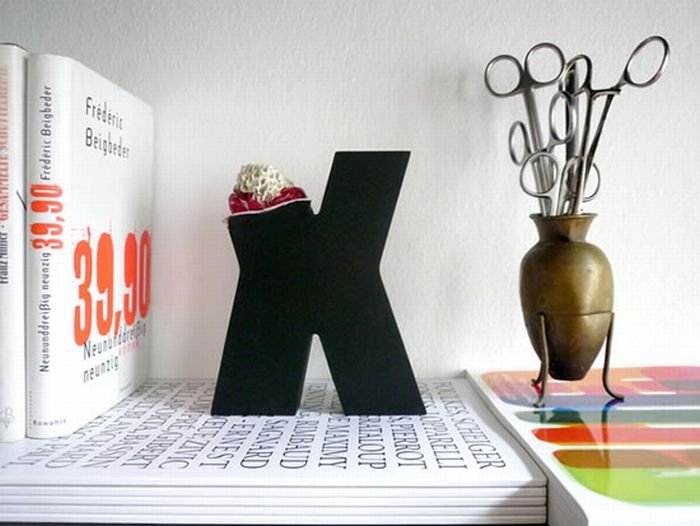|
|
Evolution Of Type By Andreas Scheiger
|
Biography
In 1903, Goudy and Will Ransom founded the Village Press in Park Ridge, Illinois. This venture was modeled on the Arts and Crafts movement ideals of William Morris. It was moved to Boston, then New York. In 1908, he created his first significant typeface for the Lanston Monotype Machine Company: E-38, sometimes known as Goudy Light. However, in that same year the Village Press burned to the ground, destroying all of his equipment and designs. In 1911, Goudy produced his first "hit," Kennerly Old Style, for an H. G. Wells anthology published by Mitchell Kennerly. His most widely used type, Goudy Old Style, was released by the American Type Founders Company in 1915, becoming an instant classic.
From 1920 to 1947, Goudy was art director for Lanston Monotype. Beginning in 1927, Goudy was a vice-president of the Continental Type Founders Association, which distributed many of his faces. By the end of his life, Goudy had designed 122 typefaces and published 59 literary works. Goudy was the originator of the well-known statement, "Any man who would letterspace blackletter would shag sheep." (More commonly misquoted as: "Anyone who would letterspace lowercase would steal sheep." and "Anyone who would letterspace blackletter would steal sheep.") Patrick Ames, the publisher for Adobe Press, loved the quote and suggested it as the title for the book Stop Stealing Sheep and Find Out How Type Works, and changed it, for obvious reasons. The book was intended for typographic novices, and those were most likely not deemed grown-up enough for the four letter word. Others doubt this story, as the Briticism "shag" was unknown in American slang. It has also been said that the original verb was fuck, and that like "steal," "shag" was a more recent toning down of the original.
Goudy wasn't always a type designer. "At 40, this short, plump, pinkish, and puckish gentleman kept books for a Chicago realtor, and considered himself a failure. During the next 36 years, starting almost from scratch at an age when most men are permanently set in their chosen vocations, he cut 113 fonts of type, thereby creating more usable faces than did the seven greatest inventors of type and books, from Gutenberg to Garamond."
|
|









